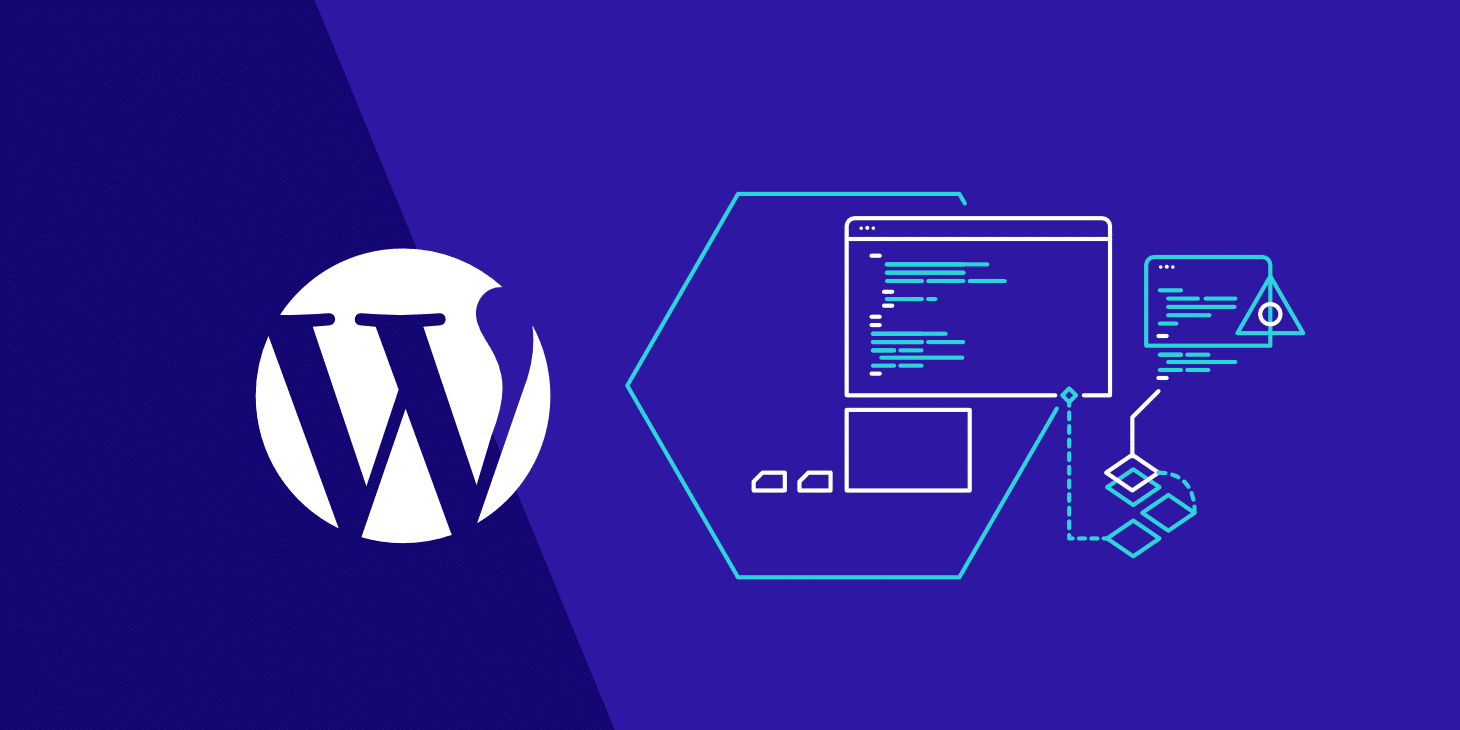Recently, I upgraded my WordPress blog to a brand new version — with very low stress. One of the leading causes of this turned into the training and testing on my neighborhood PC check bed. This article describes how I mounted both a look at bed and WordPress on my neighborhood PC.
On my nearby PC, I had formerly installed Apache, MySQL, and PHP. My unique installation changed into via open source and man or woman packages: I set up every one of those components for my part. However, there’s a higher and faster way for the ones wishing to put in their very own WordPress test mattress — WampServer.
The gift additives of this included, clean to install package deal are these:
Apache 2.2.Eleven
Apache MySQL five.1.30
PHP five.2.Eight
I determined to offer the brand new model, WampServer 2, a strive-out on my neighborhood PC and check the convenience of installing WordPress after WampServer was operational. I’ll provide you with a clue proper now of ways I like WampServer after my testing — it’s fantastic. I will not bother with masses of elements approximately the setup because the installer is just undeniable bulletproof. Besides electing to create Desktop and Quick-Launch icons, I general all defaults for a smooth design.
When the installation was completed, the installer placed a brand new icon inside the gadget tray. If the icon is not present after gadget startup, clicking either the short-begin or desktop icon will be there. I was left-clicking the icon presentations on the WampServer menu. The first actual menu object is a toggle for placing the server online or offline. I keep this set to the offline (default) mode because I want to get admission to WampServer from my local PC.

At this point, a click on the “Localhost” menu object will convey up the very first and handy WampServer HTML web page. My next step was to set a password for the MySQL server. Unless that is done, the server is a safety risk. Clicking the phpMyAdmin menu object introduced up phpMyAdmin. Initially, there were records messages at the lowest of the web page. One letter warned that the password had no longer been set. The other news, approximately the PHP MySQL library version, maybe competently not be noted.
From the phpMyAdmin display screen, I decided on the Privileges tab, clicked the “Edit Privileges” icon for “root,” entered a password, and clicked the “Go” button. This assigned the password to the foundation user. One more step had to be completed to put off an uncongenial-looking mistakes message. I opened the phpMyAdmin configuration document at C:/wamp/apps/phpmyadmin3.1.1/config.Inc.Php (for my setup). I used my favorite textual content editor to add the root password to the file.
In preparation for WordPress, I activated one additional Apache module. From the short-begin menu, I selected Apache/Apache modules/ and checked the rewrite_module. You may to “Start All Services” for this to take effect. When the module has been activated, a test mark may be in front of the choice. The rewrite_module is needed for “quite URLs,” otherwise called permalinks. For my WordPress websites, I configure permalinks for /%postname%/.
WordPress needs a MySQL database to save blog records. I opened phpMyAdmin, entered a database name of “WordPress” database name, and clicked the “Create” button. That’s it! WordPress will fill inside the tables it needs. Next, I downloaded the latest model of WordPress and unzipped the file into the C:/wamp/www listing. All net pages get located on this root directory. The default domestic web page for WampServer is reached thru the index.Php file that is already there.
Before jogging the WordPress installer, the wp-config personal home page records needed to be created and modified to tell WordPress how to get entry to the database. See the first reference at the end of this article to create and configure the record once the wp-config. Hypertext Preprocessor record was changed, the installation ought to begin. I browsed the WordPress directory, hit the “Enter” key, and the setup started.
After the setup, WordPress changed into up and running. To assist hold me take a look at mattress personal, I established a plugin known as “Maintenance Mode.” The plugin enables me to show an internet page to each person browsing the WordPress check web page. I configured the page to display the message, “This Site is Permanently Offline.” The page does allow the administrator to log in, manage, and examine the weblog.






